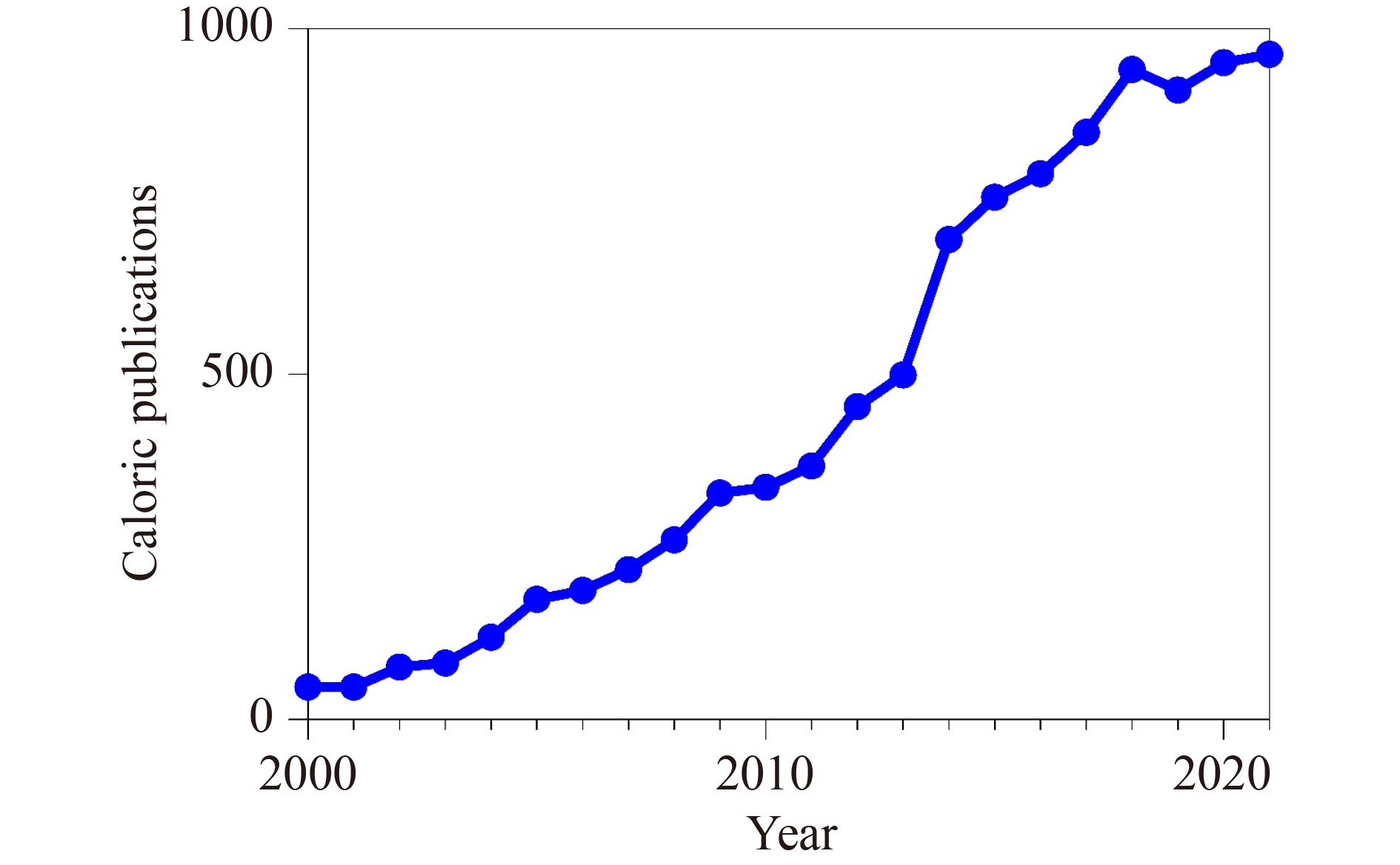

Received date: 11 Oct 2022
Accepted date: 26 Oct 2022
Published date: 15 Aug 2023
Copyright
The widespread need to pump heat necessitates improvements that will increase energy efficiency and, more generally, reduce environmental impact. As discussed at the recent Calorics 2022 Conference, heat-pump devices based on caloric materials offer an intriguing alternative to gas combustion and vapor compression.

Key words: magnetocaloric; electrocaloric; mechanocaloric; elastocaloric; barocaloric
Xavier MOYA , Neil D. MATHUR . A hot future for cool materials[J]. Frontiers in Energy, 2023 , 17(4) : 447 -449 . DOI: 10.1007/s11708-022-0854-4
| 1 |
HenryRoyce Institute. Materials for the Energy Transition roadmap: Caloric Energy Conversion Materials. 2020, available at the website of the Henry Royce Institute
|
| 2 |
McLinden M O, Seeton C J, Pearson A. New refrigerants and system configurations for vapor-compression refrigeration. Science, 2020, 370(6518): 791–796
|
| 3 |
Gschneidner K A Jr, Pecharsky V K, Tsokol A O. Recent developments in magnetocaloric materials. Reports on Progress in Physics, 2005, 68(6): 1479–1539
|
| 4 |
Yu B, Liu M, Egolf P W.
|
| 5 |
Gutfleisch O, Willard M A, Brück E.
|
| 6 |
Smith A, Bahl C R H, Bjørk R.
|
| 7 |
Fähler S, Rößler U K, Kastner O.
|
| 8 |
Moya X, Kar-Narayan S, Mathur N D. Caloric materials near ferroic phase transitions. Nature Materials, 2014, 13(5): 439–450
|
| 9 |
Crossley S, Mathur N D, Moya X. New developments in caloric materials for cooling applications. AIP Advances, 2015, 5(6): 067153
|
| 10 |
Kitanovski A, Plaznik U, Tomc U.
|
| 11 |
Qian S, Geng Y, Wang Y.
|
| 12 |
Mañosa L, Planes A. Materials with giant mechanocaloric effects: cooling by strength. Advanced Materials, 2017, 29(11): 1603607
|
| 13 |
Franco V, Blázquez J S, Ipus J J.
|
| 14 |
Shi J, Han D, Li Z.
|
| 15 |
Moya X, Mathur N D. Caloric materials for cooling and heating. Science, 2020, 370(6518): 797–803
|
| 16 |
Stern-Taulats E, Castán T, Mañosa L.
|
| 17 |
Hou H, Qian S, Takeuchi I. Materials, physics and systems for multicaloric cooling. Nature Reviews. Materials, 2022, 7(8): 633
|
/
| 〈 |
|
〉 |